MOVIE REVIEW – Along with a draggy and ponderous narrative, overblown colors and grief over the death of the previous character (and the actor who portrayed him) dominate this new superhero movie, which once again depicts fictional Wakanda’s fight against invaders.
Although the Marvel Cinematic Universe as a collective entity of films was an era-defining behemoth, no single piece of the overarching super-franchise has had the cultural impact of Ryan Coogler’s Black Panther. This was made all the more poignant by the tragic death of lead actor Chadwick Boseman in 2020, when pre-production for the film’s sequel began, which was a significant setback, and along with other delays and disruptions during the Covid epidemic, set the stage for Black Panther: the production of Wakanda Forever was an absolute disaster – and we’re not talking about a disaster movie.
Wakanda is waiting for you again
The first Black Panther bravely tackled the supposed existence of a hidden African superstate, namely the complicity of Wakanda’s silence in the slave trade and the legacy of colonial exploitation suffered by the rest of the continent. And in the English film “Wakanda Forever” (the English title is simply “Black Panther 2”), Coogler explores the aftermath of Wakanda’s decision to reveal itself to the world, and traces how Western American and European powers, in their quest for the ore vibranium, are trying to close the technological gap with the developed nation. So the fact that the film is narratively and thematically relatively coherent seems almost miraculous, and Coogler is one of the few contemporary filmmakers able to bring a unique vision to today’s blockbuster formula.
This reveals the underwater kingdom of Talokan, inhabited by the mutated descendants of Latin American natives who fled to the seas to escape 16th-century conquerors. With T’Challa dead of a mysterious illness, the task of protecting the homeland falls to his grieving family, Queen Ramonda (Angela Bassett) and tech-mage Shuri (Leticia Wright), who blames herself for her brother’s death. And just as Killmonger blamed Wakanda for tacitly accepting the suffering of blacks worldwide, so Talokan leader Namor (Tenoch Huerta) threatens Wakanda with war for inadvertently risking the safety of his home.
Although Namor is a long-established Marvel character who straddles the line between villain and anti-hero, here he is more clearly an antagonist. As with Killmonger in the previous film, Namor’s criticism of Wakanda is insightful and difficult to argue with, but by immediately engaging in vicious violence, he immediately becomes an antipathic villain in the eyes of his audience. Huerta may not quite match Michael B. Jordan’s raw charisma, but he makes up for it by projecting an imperial mimicry worthy of Namor’s demigod status among his people, and his absolute certainty of will clashes with the crises of trust that Wakanda’s grieving figures are still trying to resolve.
Flashy spectacle, weak sauce action
Overall, Black Panther 2 is a significantly poorer looking film than its predecessor. Gone is Rachel Morrison’s beautiful use of visual elements and fluid cinematography, replaced by a once much duller and at the same time gaudy, kitschy, ‘testy’ use of colour and an altogether clumsy use of proportions. Namor’s royal status redirects the first Black Panther’s more intimate plot towards large-scale battles, and this shift works against Coogler’s abilities.
Only in the first action scene, the all-too-brief and atmospheric depiction of the inhabitants of Talokan launching an ambush on a C.I.A.-driven deep-sea drilling rig is there the momentum that the previous film showed at several turns. And the sight of two groups of primarily CGI-rendered warriors clashing in slow motion quickly makes Black Panther 2 unbearable and unwieldy, while the horribly monotonous, tired and often clunky storytelling will wear out the attention of the single viewer until someone arrives to take T’Challa’s place.
The film is not helped by the fact that the action sequences are often terribly unimaginative and sometimes even poor in terms of visuals. For a franchise built on visuals and action, one of the most impressive of which, Captain America: Civil War, gave the late Chadwick Boseman’s T’Challa the Black Panther his first appearance, the poor quality of these elements really brings this film down. I find it somewhat comical that, for example, a Marvel series like Daredevil, made on a classically smaller budget – originally for Netflix – is also orders of magnitude more professional in its presentation of action and gritty combat. (But the same could be said for the first Black Panther.)
Besides, the story was also damaged because the makers did not dare to put a “real” second Black Panther in the place of the deceased T’Challa, and the main characters and antagonists are rather dull. (Let’s not forget that the previous movie had Michael B. Jordan and Andy Serkis as the main villains, with more exciting and quality performances than we see from Tenoch Huerta, for example).
The actors on the excellent side do a better job, but there are too many of them, and the story can’t focus well enough on any of them – even the character who will become the “new” Black Panther. The quotation mark is not accidental: this new Black Panther is nothing like the superhero T’Challa, played by Chadwick Boseman, in terms of charisma, story and acting.
The portrayal of grief is nuanced, but the film is too mournful
If its action is not so simple, Wakanda Forever excels in its depiction of grief. So we do mourn Boseman and his Black Panther, but this is also very much a feature of the film’s script. Numerous scenes show the private and public manifestations of grief for the King of Wakanda. Still, Wright and Bassett infuse the movie with genuine grief utterly alien to the usually superficial MCU. Shuri, already revealed to be impulsive and hot-headed, can barely contain her anger at others and herself, and Wright plays her as almost glad to have an external enemy like Namor on whom to project all her surfacing feelings. Bassett, meanwhile, delivers a performance of piercing, anguished emotional depth, her stern gaze laced with flickers of hidden emotion that reveal the storm raging beneath the surface.
Setting aside the frivolous portrayal of Riri Williams (Dominique Thorne), the lead character in the upcoming Disney+ Ironheart series, Wakanda Forever avoids the tedium of long-term franchise build-up that plagues so many MCU films. Instead, the focus remains on dealing with the emotional consequences of the story both within and outside of its context. Burdened with a horrific real-life tragedy, Coogler creates a film that breaks with the superficial cycle of death and rebirth that characterises comic book stories and confronts the reality of a world moving on after irreversible loss.
Unfortunately, however, it must also be admitted that this mourning is too much. While the maker’s sadness at the untimely death of Chadwick Boseman is understandable, it is less so why it had to be so overdone within the story itself. The constant moping, tear-jerking and veil-eyed flashbacks also drag down this film, which is basically the second part of a superhero movie, not a wannabe Greek tragedy.
-BadSector-
Black Panther 2
Direction - 5.6
Actors - 6.2
Story - 3.4
Visuels/Action - 3.8
Ambience - 5.5
4.9
MEDIOCRE
Unfortunately, however, it must also be admitted that this mourning is too much. While the maker's sadness at the untimely death of Chadwick Boseman is understandable, it is less so why it had to be so overdone within the story itself. The constant moping, tear-jerking and veil-eyed flashbacks also drag down this film, which is basically the second part of a superhero movie, not a wannabe Greek tragedy.

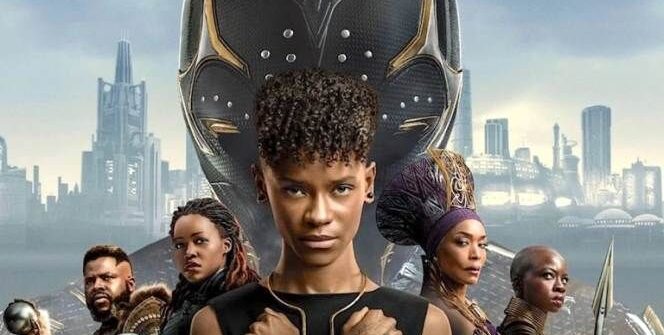
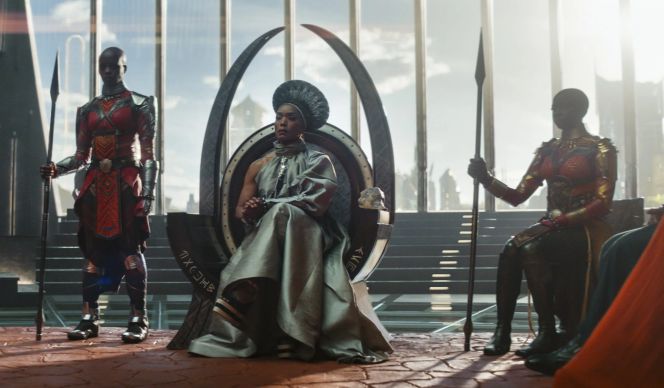
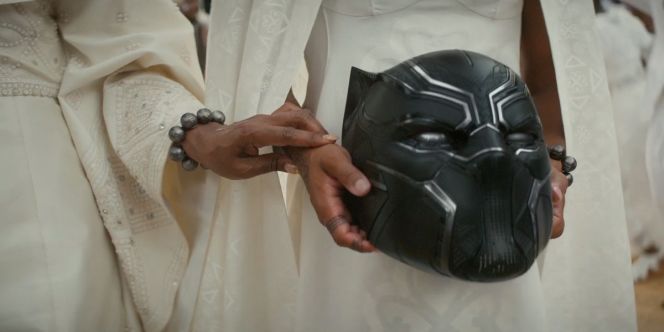

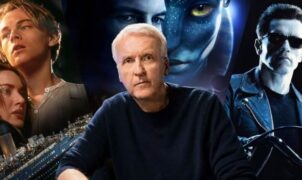




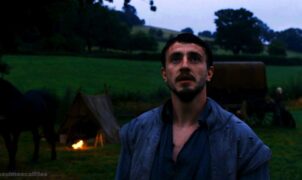

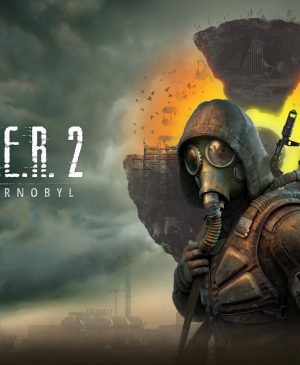
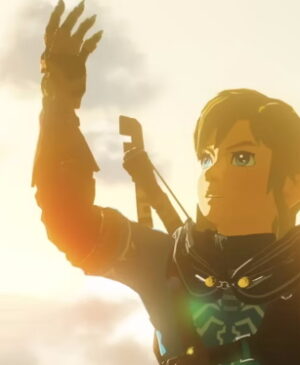

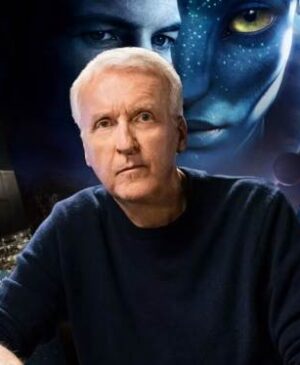
Leave a Reply